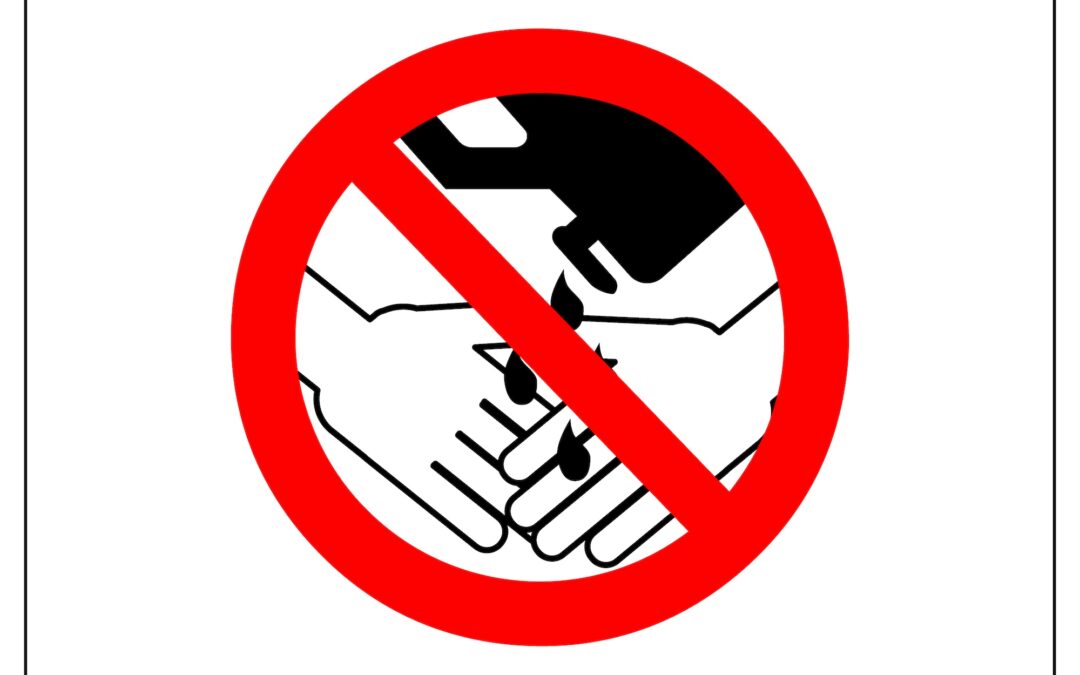Solvents are extensively used in workplaces. They are added to different products to improve the application process efficiency and effectiveness. There are different types of solvents that are classified by their chemical structure. “Solvent” refers to a class of chemical compounds that are usually in liquid form. They are substances that have the ability to dissolve materials and are often extremely volatile and exceptionally flammable. Commonly used solvents include toluene, acetone, isopropanol, ethanol, methanol, and mineral spirits. They are used in a wide variety of product such as paint, pesticides, and cleaners.
Discussion Points:
• Solvents are added to products to improve application process efficiency and effectiveness
• How are solvents used in your workplace?
• Health hazards associated with solvent exposure
• Employees must receive adequate training and understand risks involved with solvent use
• How to control exposure of carbon monoxide? Discussion:
Health hazards associated with solvent exposure include toxicity to the central nervous, reproductive, and respiratory systems, extreme irritation to the skin, and damage to the eyes. Solvent vapors can be inhaled or absorbed through the skin and pass directly into the bloodstream. Exposure to solvents can have “acute” (short-term) or “chronic” (long-term) effects, and exposure to high-concentrations may be fatal. OSHA General Industry Standards 29 CFR 1910 (G)(H) & (Z) document information related to solvents. The National Institute for Occupational Safety and Health (NIOSH) offers resources to
inform employers and workers about workplace chemicals and their potential hazards. The NIOSH Pocket Guide to Chemical Hazards provides data and important information, including the chemical structure and formula, the Chemical Abstracts Services (CAS) registry number, a list of the immediately dangerous to life or health concentrations (IDLHs), Department of Transportation (DOT) identification numbers and corresponding guide numbers, synonyms and trade names, the NIOSH recommended exposure limits (RELs), the OSHA permissible exposure limits (PELs), and other technical information on some of the most common chemicals and substances used in the work industry. Employees must receive adequate training on what solvents are, the hazards, potential risks, engineering controls, the use of Personal Protective Equipment (PPE), and emergency procedures before being allowed to work with or around solvents, chemicals, and other
dangerous substances.
As always, stay safe out there!


Recent Comments